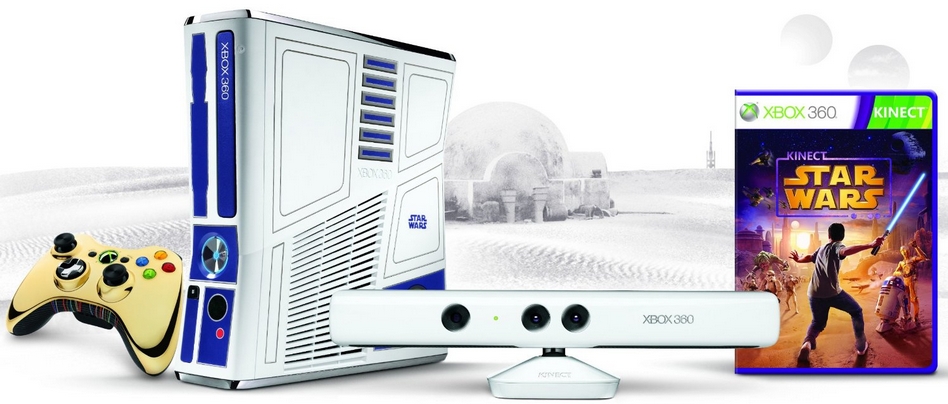
At this year’s Windows Phone Summit, Microsoft lifted the veil off the next version of their mobile operating system. Codenamed Apollo, Window Phone 8 brings many new features and improvements to the platform. At the press/developer event, Microsoft’s Joe Belfiore talked about eight new platform announcements; they are all laid out below in easy to digest bullet-point form.
- Latest and greatest hardware: Windows Phone 8 will support multi-core chipsets (up to a whopping 64 cores, to be exact), three screen resolutions including WVGA (800×480), WXGA (1280×768), and 720p (1280×720), and removable storage with MicroSD.
- Internet Explorer 10: WP8 packs in IE10 featuring the same web browsing engine that’s coming to Windows 8. IE10 for WP8 is faster and more secure, with 4x faster JavaScript performance compared to WP7.5, 2x HTML5 feature support compared to WP7.5, and the SmartScreen anti-phishing filter to block malware.
- Native code: WP8 introduces full C and C++ support which will help developers write apps for multiple platforms (including WP8 and Win8) faster. A native game development platform is provided based on DirectX, and this makes it possible for game devs to write the same game for the phone and the PC.
- Better sharing with NFC: A new Tap + Send feature allows users to easily share contact information between Windows devices; simply tap your phone to a Win8 tablet and instantly a contact card is shared. Also, peer-to-peer WiFi connections can be made between Windows devices and this allows for unique game experiences between phones and tablets. Initiate a game on a phone and tap it to a friend’s tablet and within seconds the two of your are participating in a multiplayer wireless game experience.
- The most complete wallet experience: Microsoft has built a wallet experience similar to Apple’s Passbook and Google’s Wallet. In this app users can store credit & debit cards, loyalty & membership cards, and access saved deals (read: digital coupons). With secure SIM technology, users can “tap to pay” at compatible checkout counters. Every Windows Phone running WP8 will ship with the Wallet hub, and it will be able to connect to third party apps. This means that even if your carrier blocks the tap to pay feature, you can still use the app for other functions such as storing and organizing your coupons. Wallet will launch in France with Orange first, and at some point next year it will make its way to the US.
- Nokia Map Technology: Every WP8 device will come with Nokia’s NAVTEQ Map data baked in. The maps experience includes offline map support, turn-by-turn directions, and map control for developers.
- Windows Phone 8 for Business: Microsoft is ready to make the Windows Phone platform fully enterprise-ready. The mobile OS includes BitLocker encryption and secure boot, line-of-business app deployment, remote management, and a customizable Company hub and apps.
- The Start Screen: The WP start screen has been reimagined to be more personal and customizable. “People are in total control of their Live Tiles,” says Belfiore. Users can resize tiles with three sizes to choose from and they can be moved around for a personal layout. A new palette of theme colors is part of the update, too. The new look makes for a more consistent experience between Windows 8 and Windows Phone 8. More on this in a bit… Continue reading Windows Phone 8 fleshed out, holds hands with Windows 8



















































